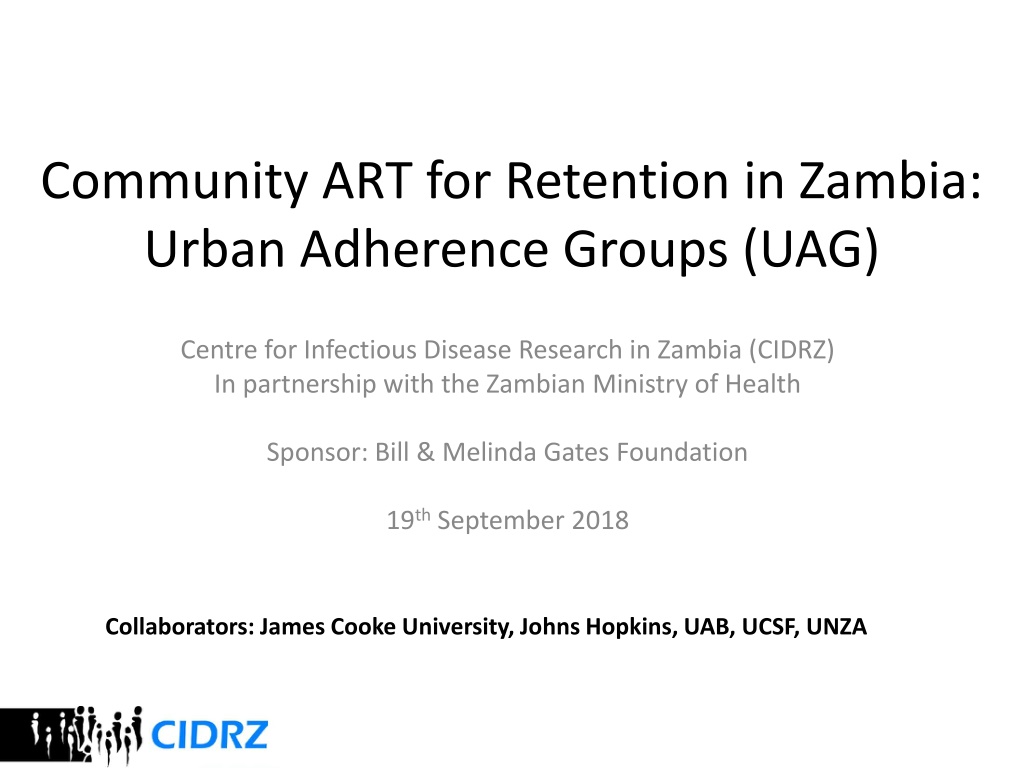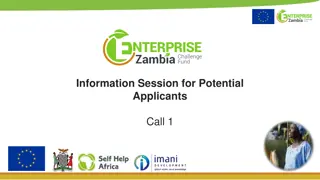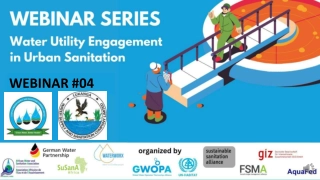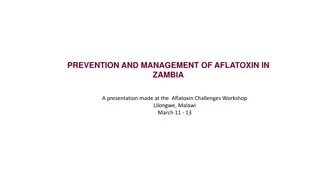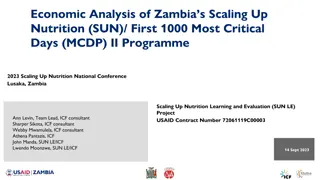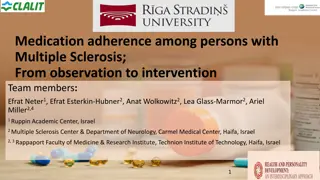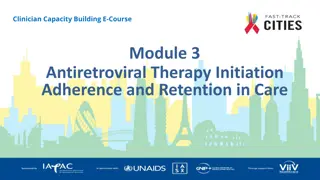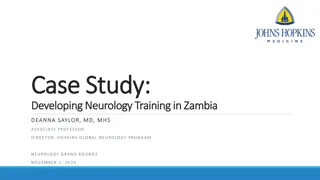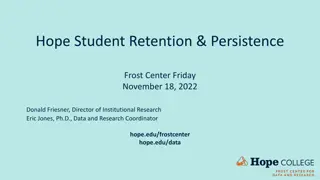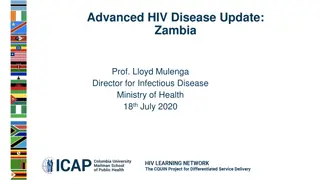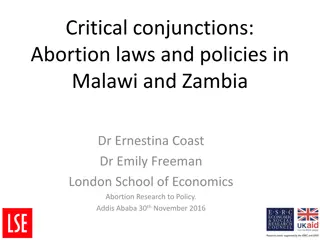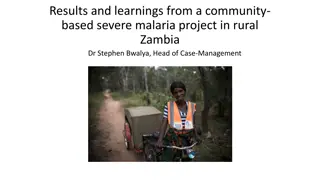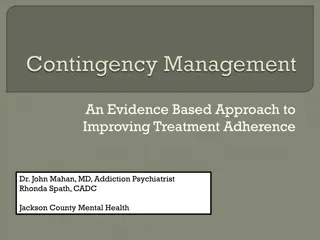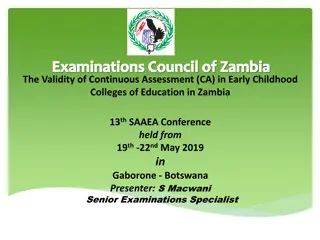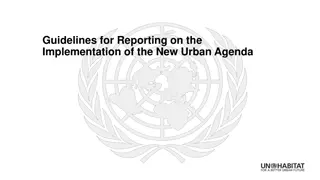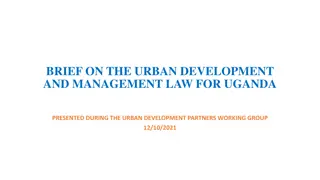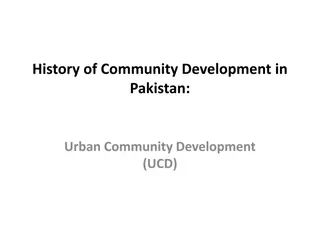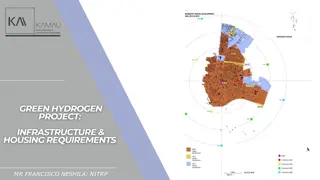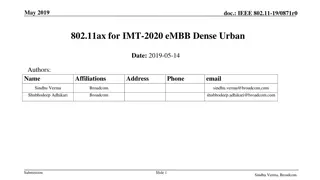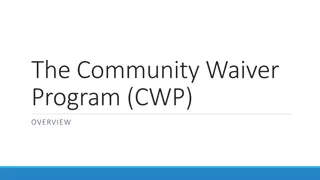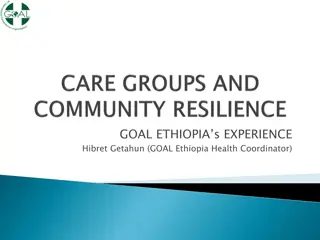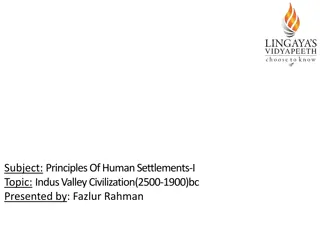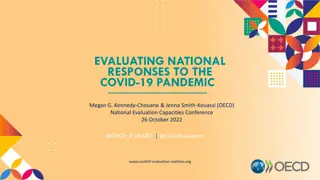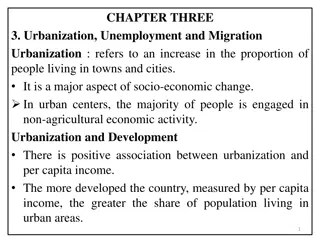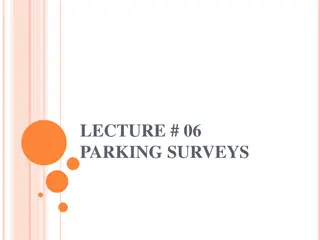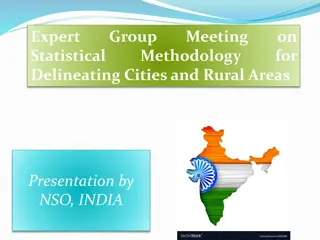Community ART Program for Retention in Zambia: Analysis of Urban Adherence Groups
A study conducted in Zambia evaluated the Community ART for Retention program, analyzing outcomes after 12 months. Key findings include patient retention in care, late drug pick-ups, and implementation outcomes. Factors such as group adherence, patient characteristics, and reasons for group departure were also explored. High levels of acceptance and participation were observed in the Urban Adherence Groups. Collaboration with various institutions and support from the Bill & Melinda Gates Foundation were highlighted.
Download Presentation

Please find below an Image/Link to download the presentation.
The content on the website is provided AS IS for your information and personal use only. It may not be sold, licensed, or shared on other websites without obtaining consent from the author. Download presentation by click this link. If you encounter any issues during the download, it is possible that the publisher has removed the file from their server.
E N D
Presentation Transcript
Community ART for Retention in Zambia: Urban Adherence Groups (UAG) Centre for Infectious Disease Research in Zambia (CIDRZ) In partnership with the Zambian Ministry of Health Sponsor: Bill & Melinda Gates Foundation 19thSeptember 2018 Collaborators: James Cooke University, Johns Hopkins, UAB, UCSF, UNZA
Measurements Outcomes after 12 months Electronic medical record (Smartcare) UAG meeting attendance register UAG departure log In-depth interviews and focus group discussions with health care workers and patients (Nvivo QSR) Primary Outcome Patient retention in care: missed drug pick-up > 7 days late Secondary Outcomes 14 or 28 days late, Implementation outcomes: acceptability, appropriateness, adoption, feasibility, fidelity
Patients (N=1096) similar in both groups at baseline Intervention n=594 371 (62) 42.0 (34.9-47.9) Control n=502 331 (66) 40.8 (34.0-47.7) Characteristics Female sex Median age (years) (median, IQR) Enrollment WHO Stage Stage 1 Stage 2 Stage 3 Stage 4 Initial CD4 count (cells/mm3) (median, IQR) CD4 count at time of study enrolment (cells/mm3) (median, IQR) Time since enrolment in HIV care (years) (median, IQR) Time since ART initiation (years) (median, IQR) BaselineMedication Possession Ratio (%) (median, IQR) Late Drug Pickup (> 14 days late) in year prior to study enrolment (median, IQR) 219 (42) 131 (25) 156 (30) 13 (2.5) 441 (269-565) 218 (49) 98 (22) 113 (26) 13 (2.9) 475 (307-628) 514 (328 653) 533 (372 677) 5.2 (2.6 7.6) 5.7 (3.0 7.6) 4.8 (2.2 7.2) 5.0 (2.3 7.0) 83% (75% 95%) 82% (77% 91%) 338 (59) 304 (61)
43(~7%) of UAG members had left their group by the end of the study Reason for UAG departure n (%) Pregnancy Transfer to another clinic Loss to follow-up from care Patient preference for facility-based care Patient not following UAG code of conduct Diagnosed with tuberculosis Other Death Total 10 (23%) 9 (21%) 6 (14%) 4 (9%) 4 (9%) 4 (9%) 3 (7%) 3 (7%) 43 (100%)
High level of acceptance 594 597 592 594 100% 100% 99% 99% 99% 90% 85% 80% 70% 60% PERCENT 50% 40% 30% 20% 10% 0% Offered a UAC Accepted a UAC Placed into a UAC Attended first UAC meeting Attended any UAC meeting
Number of missed UAG visits per participant 250 237 NUMBER OF UAC 200 PARTICIPANTS 161 150 91 100 65 38 50 0 0 1 2 3 >=4 NUMBER OF MISSED VISITS
Half of missed UAG meetings did not delay ART pick- up by more than 7 days Of the 683 unattended visits, drug-pick up within 7 days still occurred in 350 (51%) of visits
Time to drug pick-up after missed UAG meeting (N=455) Cumulative incidence of return after missed drug pick-up: 26% at 7 days 37% at 14 days 47% at 28 days
Patients valued group support At general ART I never had an opportunity to interact with the staff here maybe because by the time you are getting in, they are tired and sometimes they would look moody and shout at us. So you would fear to ask questions even when you want to find out about something that is troubling you. But from the time I joined this group, I am very free to ask any question and I have learnt a lot. FGD Manungu Male Participant
Intervention group more likely to pick up drugs Control: 0.62 (95% CI: 0.58 - 0.66) Control: 0.46 (95% CI: 0.41 0.50) Intervention: 0.27 (95% CI: 0.24 - 0.31) Intervention: 0.20 (95% CI: 0.17 - 0.24) 28 Days Late 7 Days Late Log-rank test: p < 0.0001 Log-rank test: p < 0.0001
Predictors of late drug pick up at 7 days among intervention and control participants Unadjusted Odds Ratio Adjusted Odds Ratio Predictor 95% CI 95% CI Control (Standard of Care) 4.31 3.32 5.59 5.34 1.94 14.7 Male Sex 1.37 1.06 1.76 1.62 1.17 2.23 Age at enrollment 0.98 0.97 0.997 0.995 0.98 1.01 Time since ART Initiation 0.97 0.93 1.01 0.95 0.90 1.01 WHO Stage III or IV or CD4 < 200 cells/mm3 at HIV care enrollment 0.89 0.67 1.17 1.15 0.98 1.00 MPR at study enrollment 0.99 0.98 0.999 0.99 0.98 1.004
Study Limitations Duration of follow-up relatively short, limited ability to comment on sustainability and long term outcomes Challenges using routine data to determine study outcomes Viral load testing in progress, not yet reported
Conclusions Twelve-month cumulative incidence of first missed drug pick-up significantly lower among intervention participants at 7 and 28 days compared to controls UAGs were acceptable and feasible and patient adoption was high Most patients missed at least one visit, but recovery (drug pick-up within 7 days of missed visit) occurred in half of all unattended visits Migration out of UAGs occurred and was due to changes in clinical status (pregnancy, TB, etc) as well as less commonly, patient preference
Implications UAGs are an effective tool in the DSD toolbox for reducing late drug pickup The frequency of alternative same day drug- pick up argues for the need for DSD models to be flexible and patient-centered Successful monitoring and evaluation will need to account for migration into and out of DSD models
THANK YOU Questions? We would like to thank the Zambian Ministry of Health and all participating patients and health workers.
